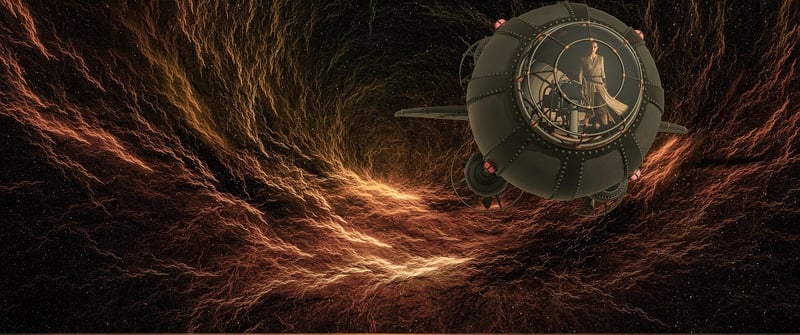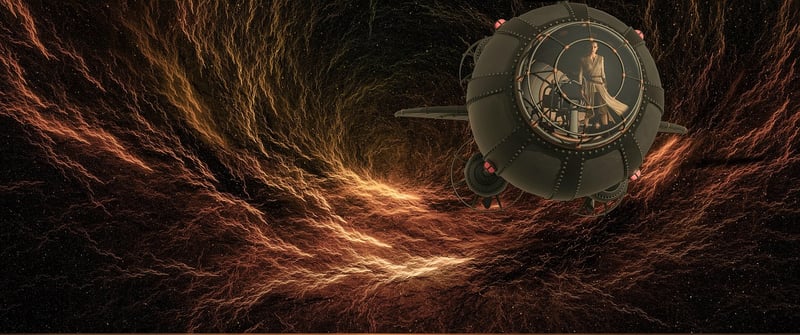Wormholes
The Science Behind Time Travel and Wormholes
Time travel has long been a fascinating concept in science fiction, but is it actually possible according to our current understanding of physics? Let's delve into the science behind time travel and explore the intriguing concept of wormholes.
Time Travel
According to the theory of relativity proposed by Albert Einstein, time is not a constant but can be affected by speed and gravity. This theory suggests that time dilation occurs when an object is moving at speeds approaching the speed of light or in the presence of strong gravitational fields.
While traveling forward in time is theoretically possible by moving at near-light speeds, traveling backward in time is a more complex challenge due to paradoxes such as the grandfather paradox, where a time traveler could prevent their own existence.
Wormholes
Wormholes, also known as Einstein-Rosen bridges, are hypothetical tunnels in spacetime that could connect two separate points in spacetime or even different universes. These wormholes are theorized to be shortcuts through the fabric of spacetime, potentially allowing for faster-than-light travel and, in theory, time travel.
However, the stability of wormholes remains a major hurdle. The immense gravitational forces and exotic matter needed to keep a wormhole open may not be feasible with our current technology and understanding of physics.
Conclusion
While the concept of time travel and wormholes sparks our imagination and curiosity, the scientific community has not yet discovered a viable way to make time travel a reality. The study of these phenomena continues to push the boundaries of our understanding of the universe and may one day lead to groundbreaking discoveries.

For more information on the science behind time travel and wormholes, you can explore resources from reputable sources such as NASA and Space.com.
